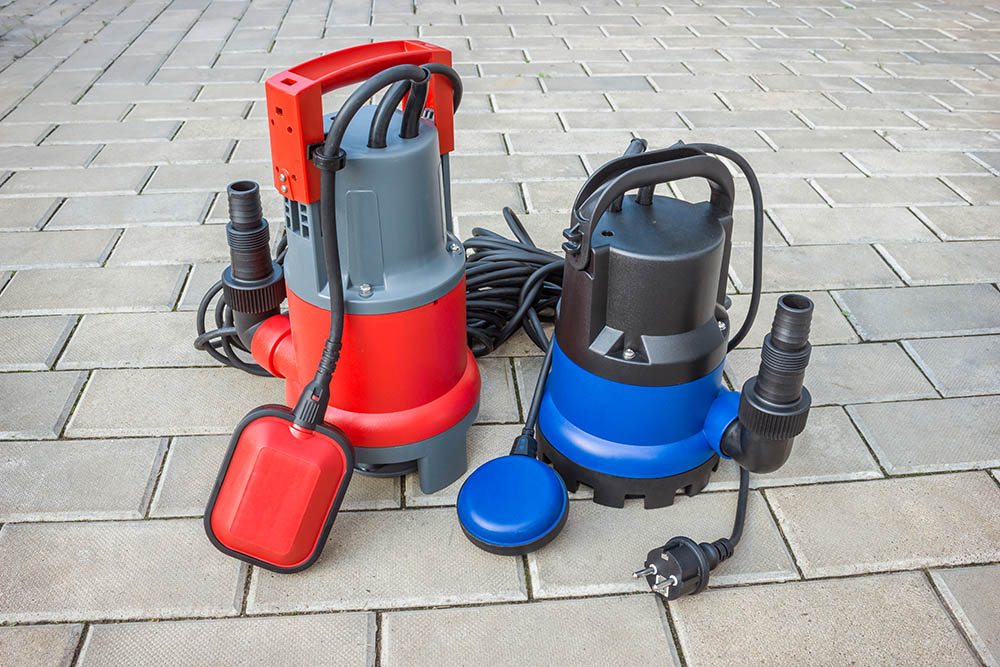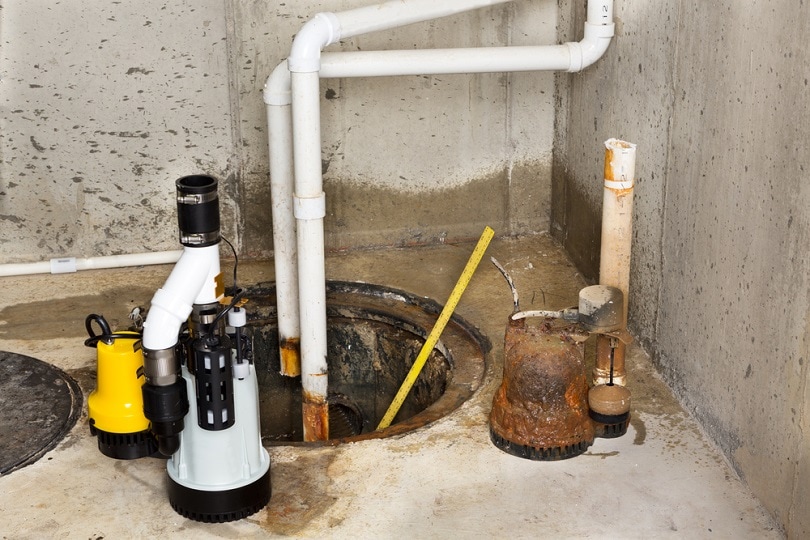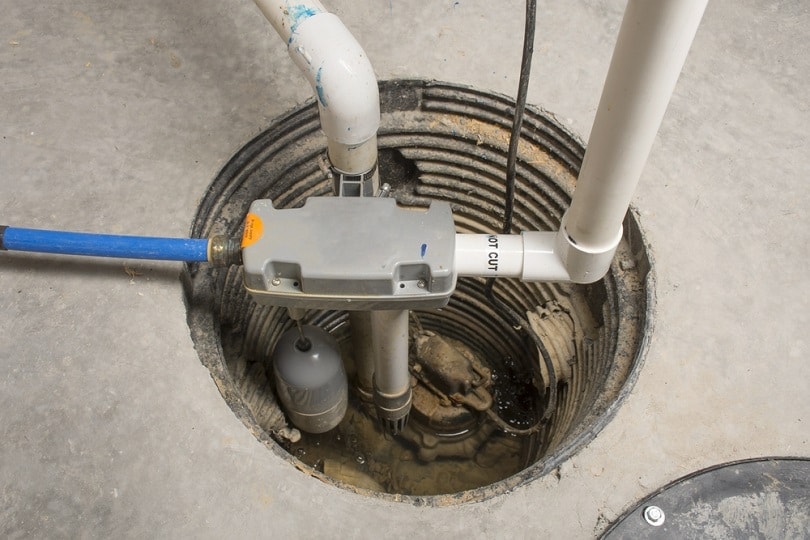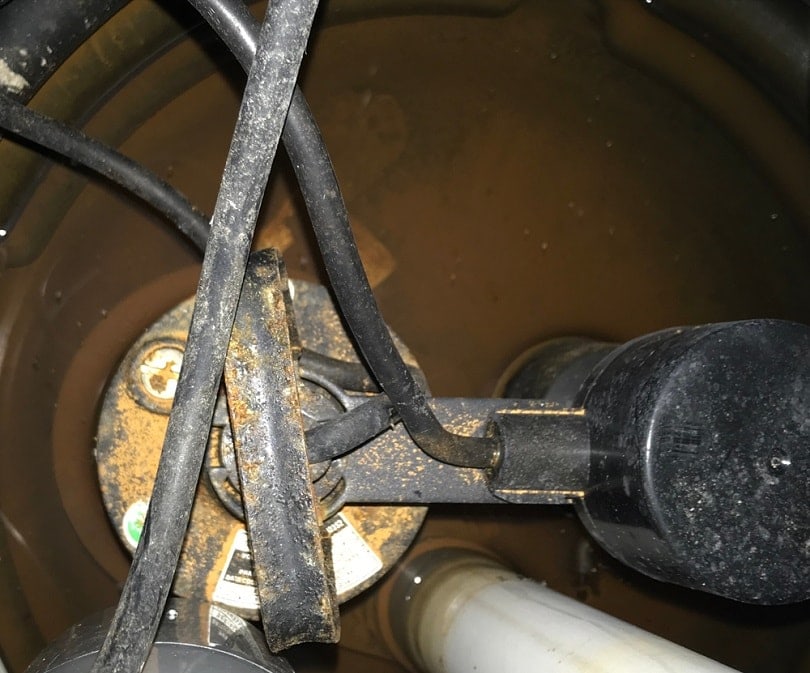What Are Sump Pumps & How Do They Work?
-
Ed Malaker
- Last updated:

If you are a new homeowner looking to protect your home from flooding damage, you probably want to invest in a sump pump for your basement. However, many people are unsure about what a sump pump is or how it works. If this is your situation, keep reading while we answer these questions and more to help you be better informed.
What is a Sump Pump?
A sump pump is an electric pump that usually sits inside a pit in your basement. Its sole purpose it’s to keep water from collecting in your basement during heavy rains and storms to protect your home from water damage. While it’s a good idea in any home, many communities require them because of their benefit to the homeowner.

What Does a Sump Pump Do?
A sump pump pumps the water out of your basement, usually into a drainage system that will carry the water away properly. If there are no suitable city drainage systems, your sump pump will pump the water away from home, where it will not return.
How Does the Sump Pump Work?
The basement floor is angled slightly in most homes, so the water naturally flows into the sump pump pit. The pit is usually about 2-feet deep and 18 in wide. You place the sump pump into the pit and attach it to a tube that extends out to at least 20 ft away from the foundation of your property. The tube also has a check valve at the end that prevents water from returning into the pit. A sensor on the sump pump detects when water levels are rising and automatically begins to pump the water from the pitch. When it detects the pit is empty, it shuts off. These pumps usually plug into a standard outlet and don’t require any special wiring.
Types of Sump Pumps
Submersible Pumps
Submersible pumps are by far the most popular type of sump pump, and you can place them directly in the pit where they can have direct access to the water.

Pedestal Pumps
Pedestal pumps have a similar motor to submersible pumps, but they sit outside the pit and use a long tube to extend inside to collect the water. These pumps are often less expensive but are not quite as powerful as submersibles and can be noisy since there is no water to mask their operating sound.

Choosing a Sump Pump
1. Automatic Versus Manual
We recommend automatic sump pumps for most people because they turn on quickly to start removing water before it has a chance to build up in your basement. Water can often rise before you have a chance to realize there’s a problem, and the manual pump can be slow to remove water. However, manual pumps are still useful in situations with no electricity.
2. Horsepower
When choosing an electric sump pump, horsepower is a critical factor. Pumps with more horsepower will be able to move more water faster. However, bigger pumps will also be more expensive, so we recommend getting a pump suitable for your home. If you live in a new home and are unsure how much water will enter your basement, we recommend a small pump, so you have something in an emergency, even though the house likely will stay pretty dry. You can always get a larger pump later if you need it. If you live in an older home, you probably have a good idea of how much water gets into the basement, or you can find someone who does. If you purchase a replacement pump, we recommend buying the same size as the old one because the previous owners know what to expect.

3. Head Pressure
Head pressure is another metric you might look for when choosing a sump pump, and it refers to how high the pump can raise water out of your basement. For instance, if it is 10 feet from the bottom of your sump pump pit to the ground level, you will need a pump with 10-foot head pressure. If it is too weak, the pump won’t push the water away to a safe place.
4. Cord Length
We also recommend checking the sump pump cord length. You want to be able to plug your pump directly into the outlet without requiring any extension cords that might come in contact with water and cause a short or fire hazard.
Related Read: What You Need to Know Before Buying a Sump Pump
Summary
A sump pump is a fantastic tool that will help keep your basement dry. Since most basements are below ground level, they naturally collect water, leading to mold, mildew, bad odor, and even structural damage. Damp environments can also make it more inviting to rodents and insects. The sump pump automatically removes the water, and many people don’t even know they have one until it requires maintenance or replacement. Checking yours once a year can help make sure you’re ready for any storms.
We hope you have enjoyed reading over the short guide, and it has helped answer your questions. If we have helped you understand these important tools better, please share our look into what a sump pump is and how it works on Facebook and Twitter.
- See Also: How Often Should a Sump Pump Run?
Featured Image Credit: Sever180, Shutterstock
Contents


